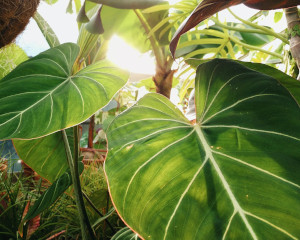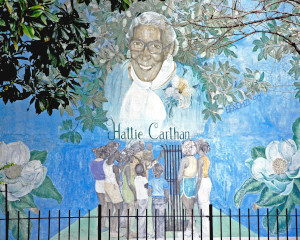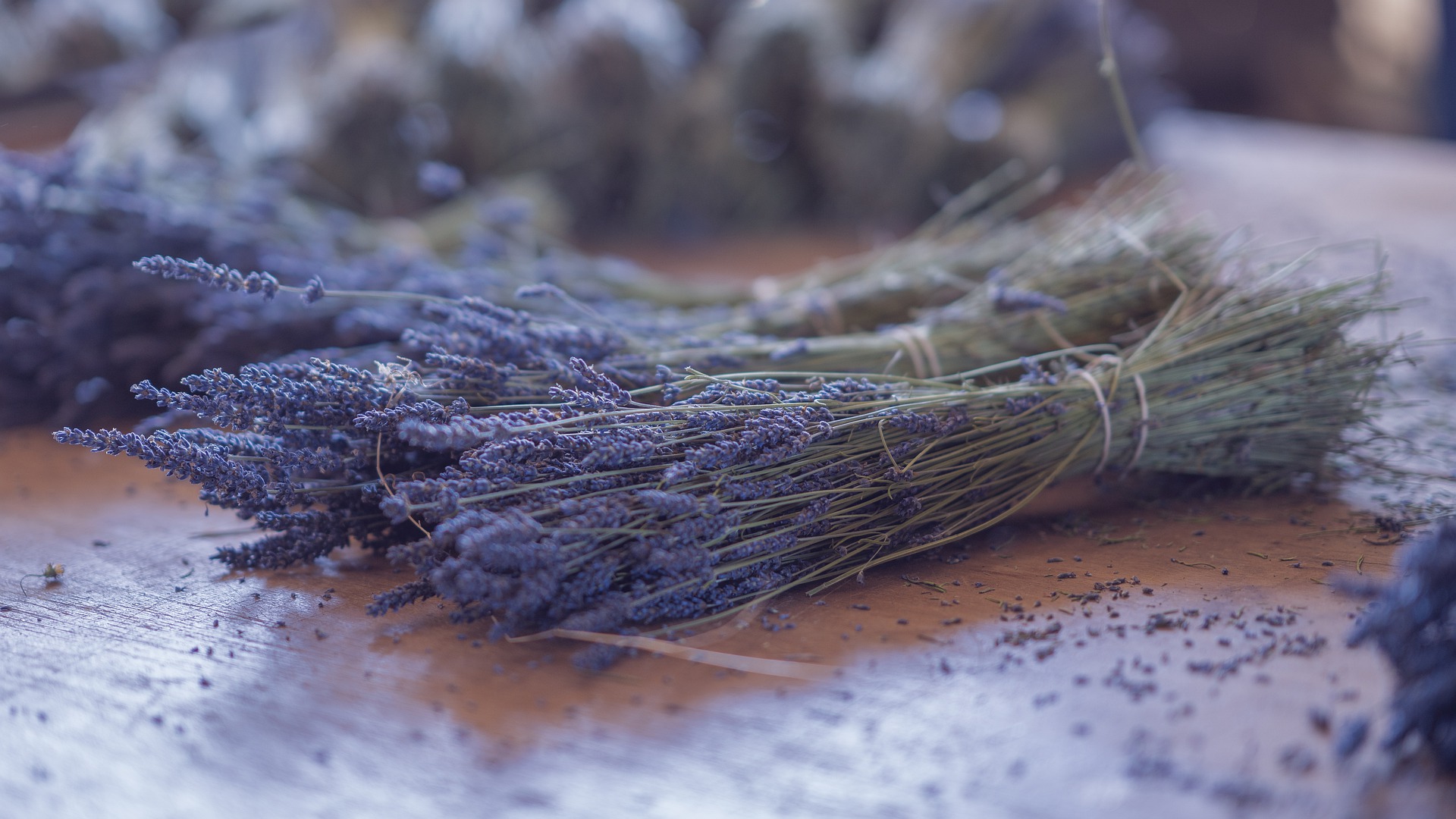
Plants, Birthing, and Healing
By Victoria Barbarito
Sign up for our monthly newsletter!
The history of herbal remedies has deep roots extending throughout all cultures on the planet. Most often, those who practiced herbal medicine simultaneously provided birth work and reproductive support to their communities. Each culture has its own traditions and customs that inform how new parents treat the postpartum period. Historically, this knowledge has been shared orally, and the wisdom of healing post-birth usually lives within the home, with herbal remedies being specific to the biodiversity of that particular environment. We often forget that the people in our families and communities hold the most precious wisdom, and all of this knowledge should be regarded as equal in value to the traditional baby books new parents are encouraged to read. Although I am not a trained herbalist, the knowledge I have gained from mentors, teachers, and fellow birth workers has informed how I incorporate herbs.
Immediately after birth, the parent is going through a whirlwind of changes as the body works to return to its pre-pregnancy state. A wave of emotions may strike during the first few days as the body’s hormones shift back to this state. Exhaustion, anxiety, and sometimes sadness is experienced as a part of this phase. These are to be expected since the body just did something miraculous: birth! Life with a newborn is life-changing, and depending on the parent/caregiver’s preferences, herbs can be a wonderful partner in addressing some of the challenges. They can also help you enjoy the beauties of this time as well, as you feel your body heal from within. My primary efforts when working with herbal remedies are combating inflammation in the body and vaginal cleansing and soothing (if a vaginal birth has occurred).
As our history demonstrates, herbs are just one part of the greater wisdom of plants, which can extract pain and infuse balance into the body with pinpoint accuracy. How we utilize their properties to care for ourselves and others is a continuation of the knowledge-sharing and herbal practices of communities centuries before our own. Today, herbs provide a way to assist new mothers in feeling more grounded in their role as a new parent, while continuing to forge the chain of connection between plants and people. Plants are often our greatest allies when it comes to healing and evolving alongside change. Remedies as simple as those provided here can be affirming, nourishing, and comforting in the postpartum period. In addition, for those who have not experienced birth recently, these teas and herbal blends are one way to support the birthing community around you. Though these remedies can easily be modified with alternative herbs, if different healing properties are desired, it is vital to remember that the body is incredibly vulnerable post labor, and the ways we choose to heal remain with the birthing body long after the postpartum period. Therefore, I encourage anyone interested in these recipes to do their research before utilizing these plants in their own medicine making.
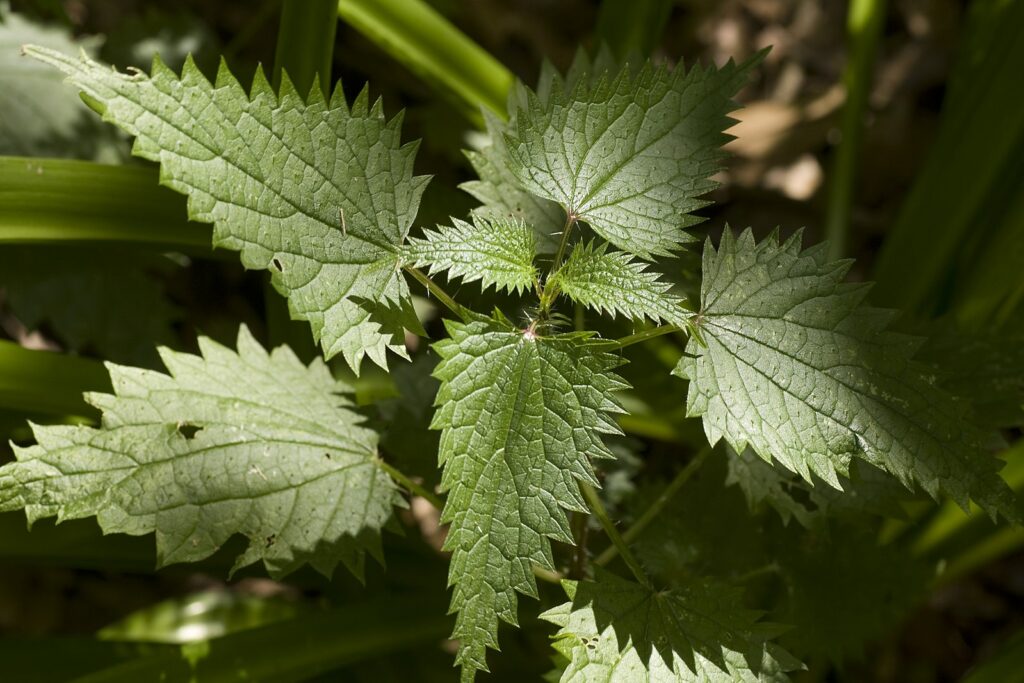
Nettle
Nettle, Urtica dioica, U. urens is a fantastic herb for increasing circulation and to build blood flow, helping to soothe intense pain. It is high in iron and protein which work to repair tissues and support shifting hormones. Nettle infusions are nourishing drinks that are easy to prepare and calming to consume. Dried leaves contain the most nutritional value and should be handled carefully. The process for making this tea, infusion, or tincture is as such: Pour 1 cup of dried nettle leaves in a mason jar, fill with approximately 4 cups of boiling water and let it sit overnight. Strain when you are ready to drink.
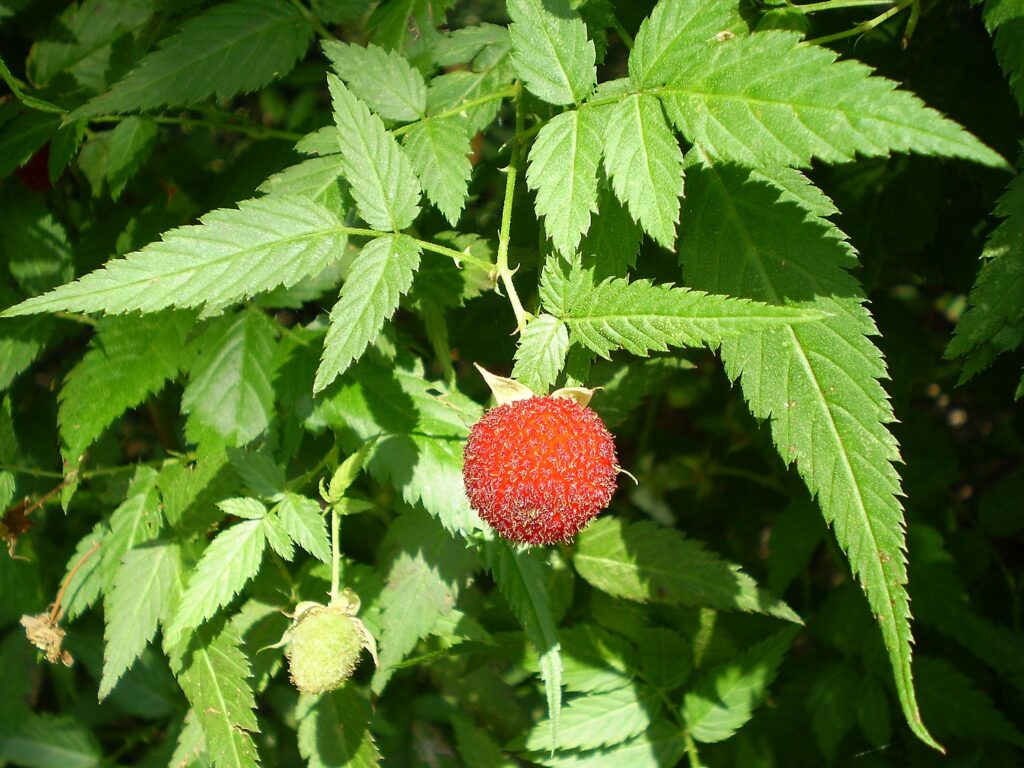
Raspberry Leaf
Raspberry Leaf, Rubus idaeus is recommended at any stage of pregnancy, pre-labor, and postpartum. It is an astringent, meaning its properties help soothe the muscles of the uterus. This makes it a wonderful herb leading up to labor, but it also lends to rebuilding and strengthening the muscles after birth. This herb could be mixed with another tea to improve flavor (peppermint or lavender pair nicely). To prepare, pour 1 cup of boiling water on 1 teaspoon of raspberry leaves. Add a secondary tea if desired. Let the mixture steep for several minutes before straining. Add a sweetener if you wish.
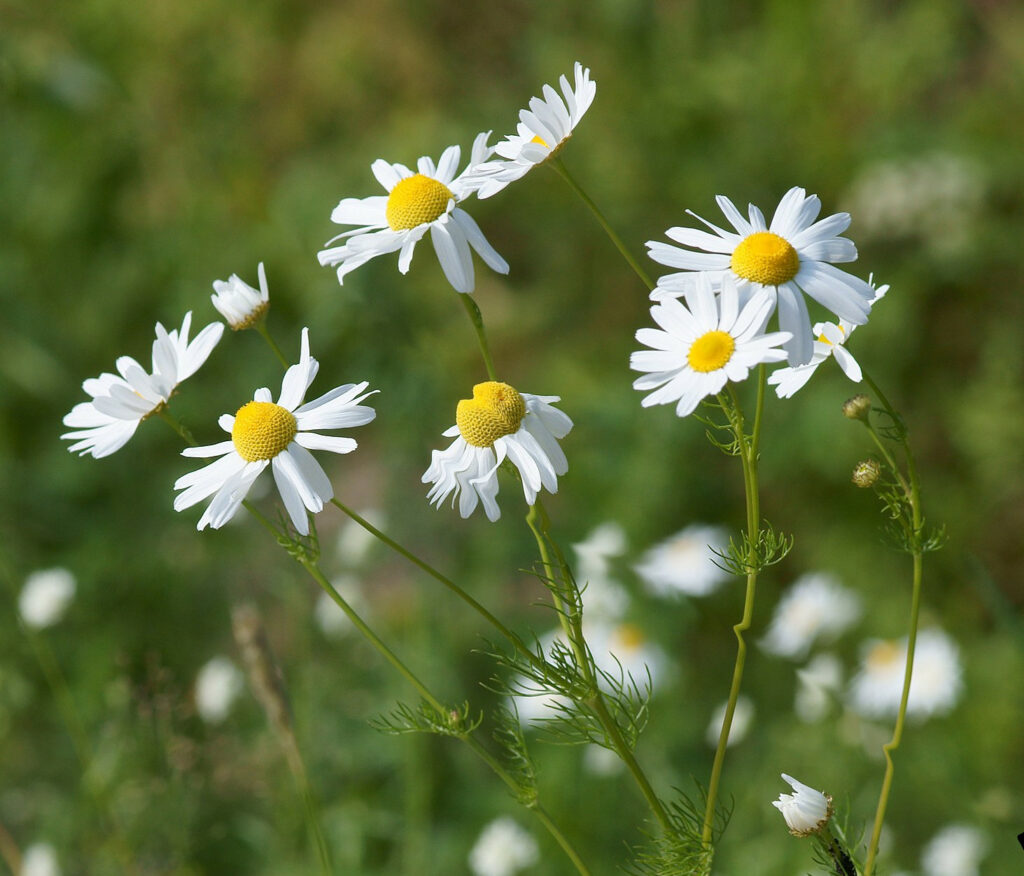
Sitz Bath
Sitz baths are easily adaptable to individual healing needs and are a great way for the birthing person to take time to care for themselves during their early postpartum period. This specialty bath increases blood flow to the perineal area, relieves itching, irritation, and repairing damaged tissue. The birthing person can use a small tub that fits over a toilet which allows them to submerge in water up to their hips. A simple recipe for the bath could include Epsom Salt (a natural detoxifier that helps the body heal quickly) baking soda, witch hazel, olive oil, fresh lavender, and fresh chamomile. Lavender promotes restfulness and is an antifungal. Chamomile soothes anxiety, inflammation, and is a natural antibiotic.
Visit the Palau country page to learn more about how the bioactive qualities of the turmeric rhizome has been used for centuries by Palauans for the postpartum care of mothers and babies. https://worldsensorium.com/palau/
Victoria Barbarito is a DTI-certified postpartum doula and documentary filmmaker based in Brooklyn, New York. Her documentary work focuses on the power of visual storytelling that circulates around parenthood, transformation, and reproductive justice.

As Ireland transitions from the rich, smoky scent of peat-burning to a more sustainable future, its olfactory heritage is evolving. What will become the next iconic aromatic symbol of Ireland?
Click to watch the documentary trailer.



